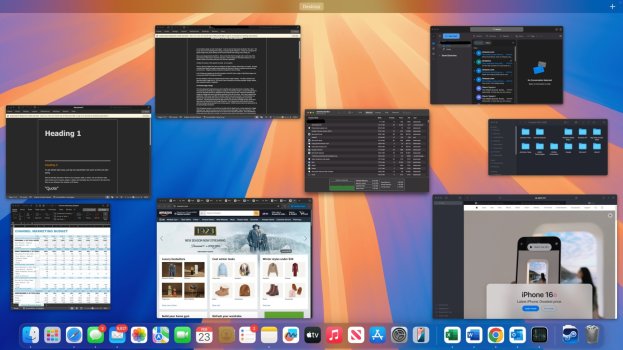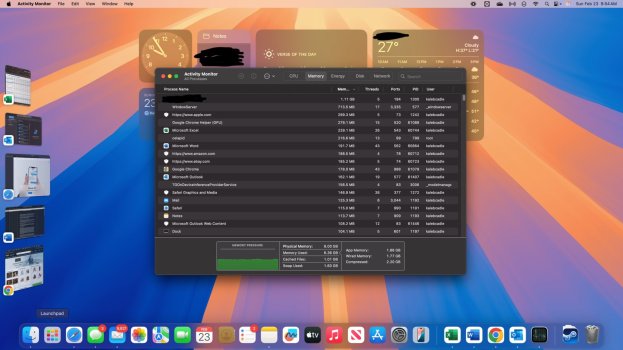I can compare to Intel since that’s what we were getting before the M1 for the same price point. The M1 and Apple Silicon made a big difference in performance, especially on the 8GB configurations. They offered much better value than the previous Intel-powered base-spec models. There wasn’t really much reason to up base RAM configuration when performance felt nearly doubled, and the value was already so much better.You can’t compare to Intel. Those are so terrible inefficient, they don’t compare at all. The real change was the M chips. RAM management is better, but it does still throttle a lot with several tasks going. You may be able to do what you said as your example, but things have gone into cache and it you really tried to push it with anything you would notice throttle. So while it works for you, that doesn’t mean there is lots of limitations to it.
So running two graphic design apps with dozens of files open, Blender with a 3D model open, Safari with 19 tabs open, plus several other apps isn’t pushing it with anything? Even with all of those things running simultaneously, I didn’t notice any noticeable slowdown. I posted screenshots earlier in this thread to demonstrate. No beachball cursor even. It just kept on zipping. Heck, I’ve even run some Windows games in emulation with an app called Whiskey. Those extreme edge cases aren’t “pushing the hardware”? I don’t think most average base spec users would even try to do any of those things on a base spec model. Heck, that’s not even the way that I normally do my work. I don’t use Blender plus two graphic design apps at the same time usually. Even if we assume that all of those apps running simultaneously were the “upper limit” (I’m sure you could probably add some more since I wasn’t noticing slowdown at that point), that’s a much more taxing use case than what most would expect out of a base-spec model…



